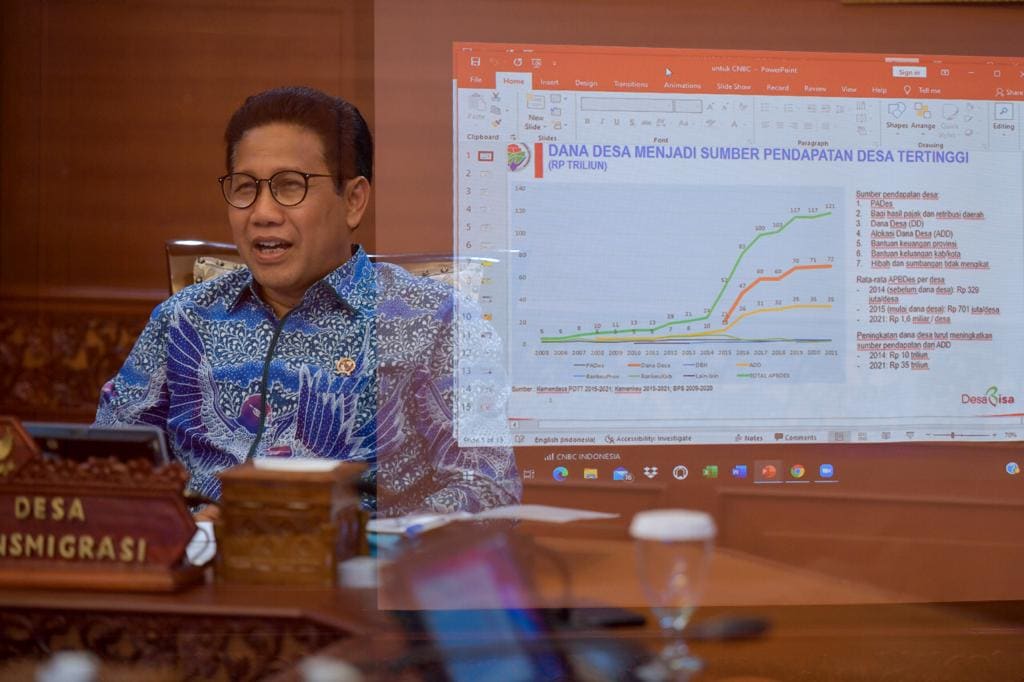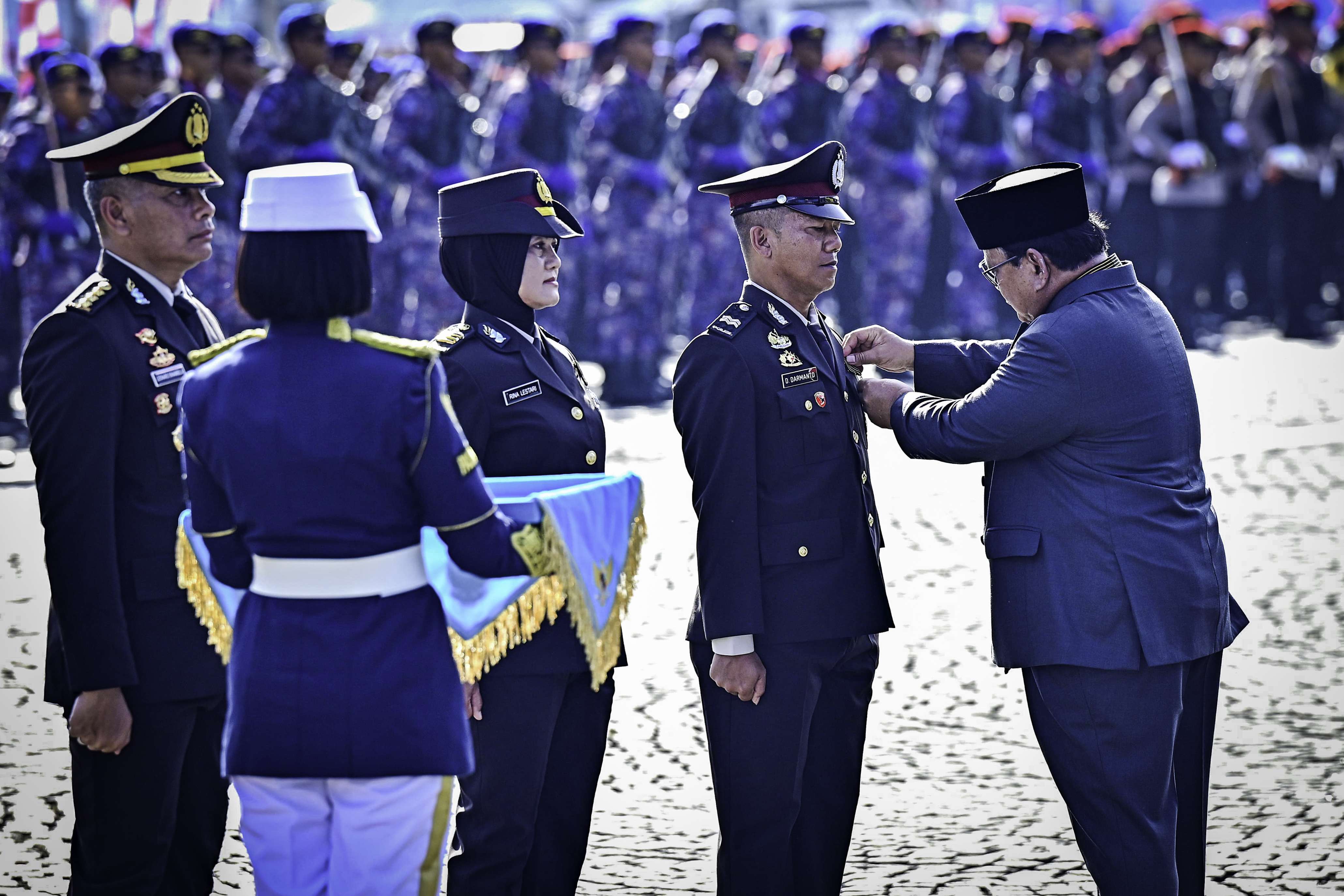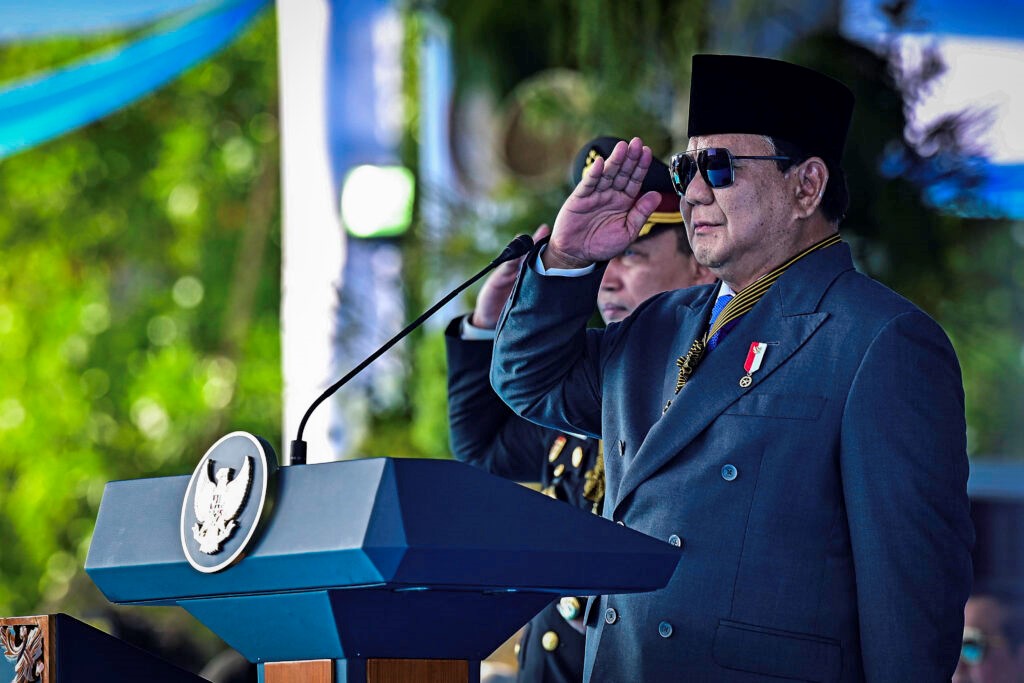Village Minister: Villages Serve as National Economic Buffer During Pandemic

Minister of Villages, Disadvantaged Regions, and Transmigration Abdul Halim Iskandar. (Photo by: PR of Ministry of Villages, Disadvantaged Regions, and Transmigration/Wening)
The villages have served as a buffer for the national economy during the COVID-19 pandemic in the last two years, Minister of Villages, Disadvantaged Regions, and Transmigration Abdul Halim Iskandar has said.
According to the Minister, it is supported by several indicators, such as an increase in villagers’ income per capita, the open unemployment rate that remains under control, and fluctuations in poverty rate at the village level are maintained.
“We must admit it that village economy was able to become a buffer for the national economy during the pandemic. This fact is certainly not just an empty statement but is supported by several measurable indicators that can be proved on the ground,” the Minister said, as quoted from the Ministry’s official website, Friday (12/31).
Halim went on to say that village economy resilience during the pandemic was supported by the disbursement of the Village Fund that always increases from year to year. The Village Fund is the main support for the village budgets (APBDes).
In 2014 or before the Village Fund was launched, the average APBDes per village stood at Rp329 million. In 2015, the APBDes stood at Rp701 million per village when the Village Fund was firstly disbursed. In 2021, the average of APBDes increased up to Rp1.6 billion per village.
“During the pandemic, the APBDes still increases from a total of Rp117 trillion in 2019 to Rp121 trillion in 2021,” he said.
The increase in the APBDes has an impact on several essential sectors that support the national economy, including an increase in the villagers’ income per capita even in a pandemic situation. The income of villagers continues to increase from Rp882,829 per capita per month to Rp971,445 per capita per month.
“The increase in villagers’ income is also supported by the Village Cash Labor Intensive Program during the pandemic. Apart from that, there are also various village-level infrastructure projects that are carried out on a self-managed basis which means the workers are residents of the village and the goods are purchased from shops in the village as well,” he said.
Halim further said that the existence of these projects at the village level also makes open unemployment rate in the village under control. Furthermore, the open unemployment rate in villages remained low during the pandemic, which only increased from 3.92 percent to 4.71 percent.
“The increase in open unemployment rate in cities is higher than that of the open unemployment rate in villages, which stood from 6.29 percent to 8.98 percent,” he added.
Meanwhile, the level of economic inequality at the village level also remained low and equal shown by the Gini ratio of 0.320 in 2019 to 0.315 in 2021, while the Gini ratio in cities remained high from 0.393 to 0.401.
“The village economy has shown a positive growth, even served as a buffer for the national economy during the COVID-19 pandemic from 2020 to 2021,” the Minister remarked.








